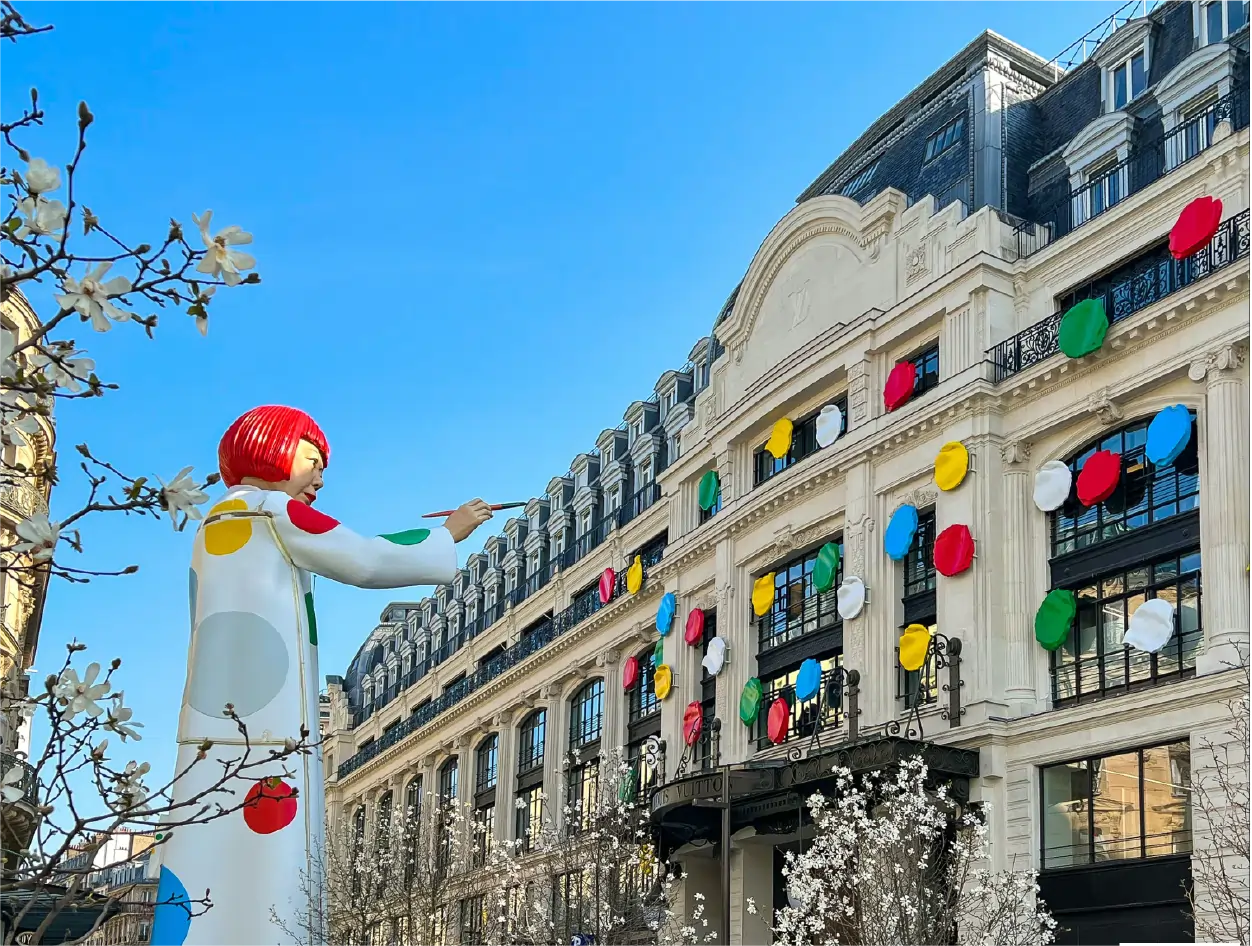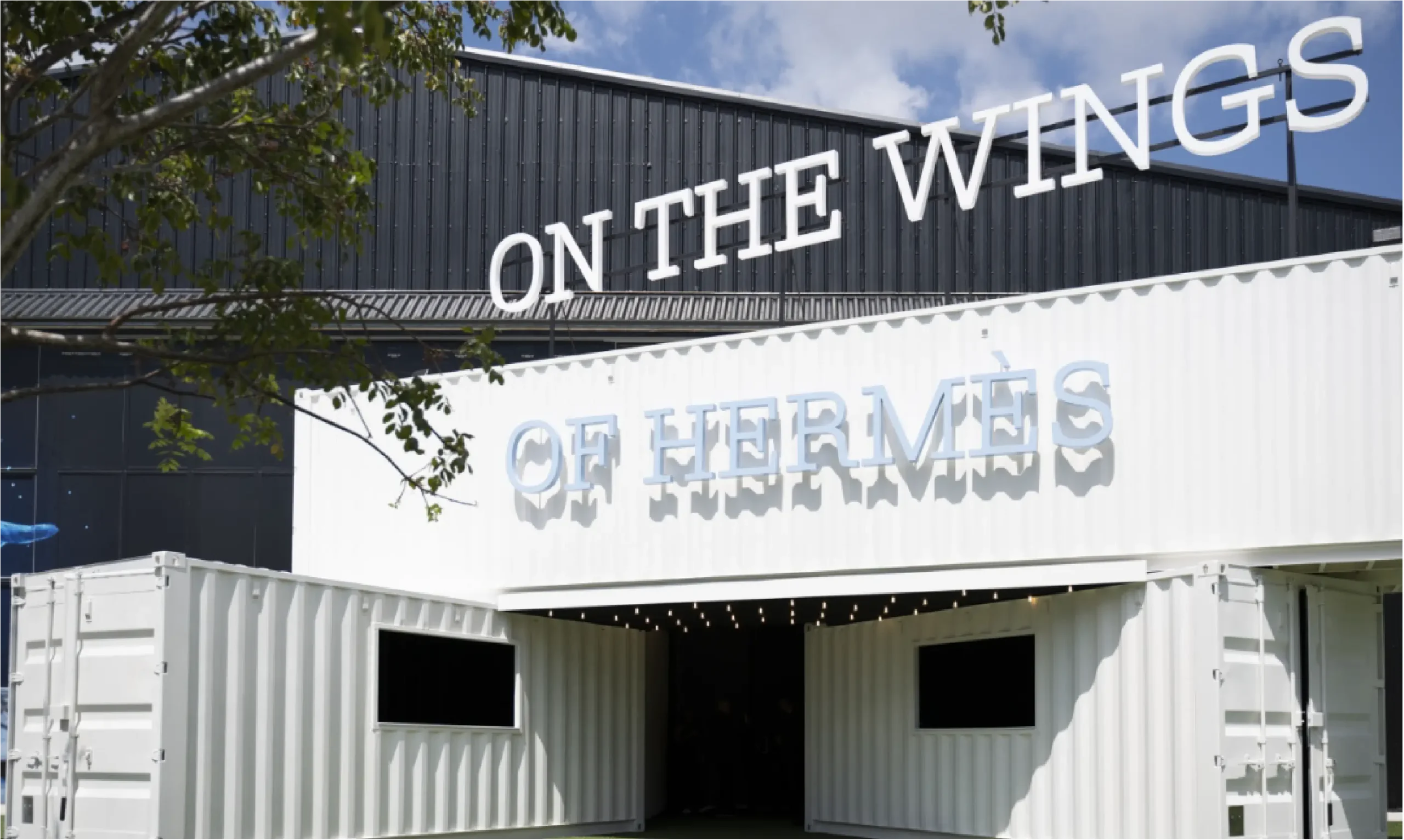TYPES OF TEXTILES

The difference between textiles and fabrics is that textiles can consist of fiber, yarn, fabric, or a combination of two. Usually, textile is a term used in the clothing and upholstery industry. It’s important to note that not all textiles are fabrics. Fabrics can be made of non-woven fiber or yarn through weaving or knitting. The term fabric is only used in upholstery, often discussed in interior design courses. In this case, all fabrics are considered textiles. However, there are different types of fabrics and textiles, depending on their production and source material.
Natural Fibers
- Plant-based textiles: The most eco-friendly. Examples include cotton, coir, hemp, linen, and ramie.
- Animal-based: Made from the fur or skin of animals. Examples: Sheep, goats, camels, pigs, and cows.
Man-Made Fibers
- Cellulosic: Taken from the cellulose in woody plants, mixed with caustic soda and carbon disulfide. Examples: Viscose, modal, lyocell, and recycled man-made fibers.
- Semi-synthetic: Made from natural materials, reformed by chemical processes. Examples: Acetate, triacetate, promix.
- Synthetic: Chemically made from gas, alcohol, water, and petroleum. Examples: Rayon, nylon, and polyester.


THE MOST COMMONLY USED FABRICS

Whether your goal is to create a design with light or heavy fabric, a smooth or rough feel, or a delicate or tough look, the type of textile and its characteristics are the deciding factors. While materials can often be coordinated to complement each other in order to complete the look, a wrong combination can ruin the whole idea, making the design seem unorganized or chaotic. The positive aspects are the advancements occurring in the production of new fabrics to grow the textile industry and provide more textile options, thus expanding the possibilities for future designs and fabric-mixing. While that process moves forward, though, the following are the most popular fabrics we see used for garments:
Cotton
The most popular textile used for the various garments. Cotton is a natural fiber that is grown, spun, and pressed into what we’re used to seeing on hangers today. Organic cotton is sustainable in the way that it is renewable, biodegradable, and produced without pesticides or chemicals that harm the water supply and farming process. As a durable material, cotton can be machine-washed on a cold cycle. The only con is the shrinkage. Cotton will usually shrink with the first wash and may lose its shape in the dryer
Silk
Elegant and luxurious. Silk is made by collecting the threads that silkworms spin into their cocoons. Some silks exist that are vegan – the threads are taken from the cocoons after they’re left behind. The method of care is usually handwashing in cold water or dry cleaning. Silk should not be spot-cleaned to avoid discoloring in isolated areas.
Linen
Linen is the best fabric for staying cool on hot days. Made from flax plants, linen provides breathability, and its stiffness keeps the fabric away from the body, allowing air to circulate. Undyed linen is biodegradable, making it one of the most eco-friendly fabrics. Its method of care is simple, as it is machine washable. The only con is that it wrinkles easily.
Nylon
One of the most prevalent plastic fabrics is nylon. As plastic, it is not biodegradable and has a severe impact on the planet. Plus, it uses large amounts of energy and water to produce, resulting in greenhouse gases. But in an effort to establish a more environmentally friendly method, brands began working with recycled plastic to create nylon.



Wool
100% natural fiber that is renewable, biodegradable, and resilient. Wool is often used for winter pieces to stay warm; the material is low-impact and has a prominent production network. Investing in a wool garment also includes investing in the care in the form of specialty wool detergent and either hand washing or machine washing through a wool cycle.
Polyester
A synthetic fabric that’s cheap to produce and purchase. With a sturdy and lightweight construction that is easy to care for, polyester retains its shape and doesn’t easily crease or wrinkle. However, it is a synthetic fabric means that it includes plastics and is not biodegradable. It’s also not an extremely breathable textile. Similar to nylon, brands are switching the original for a more eco-friendly option, which is made from recycled plastic bottles
Rayon
A versatile and multipurpose fabric. Rayon can be adapted to imitate wool or silk and can be dyed, but not very sturdy so delicate care is required to extend its life. The issue with this textile, though, is the chemicals used for its creation that are harmful to the environment and to the workers directly handling the fabric.
Crepe
Crepe is wrinkle-resistant, versatile, and lightweight. The twisted, plain-woven material has a bumpy surface and is usually made with cotton, silk, wool, or synthetic fibers. It is named after the fiber it’s made from, e.g., crepe silk and chiffon. Because of its soft and easy-to-work-with construction, it’s often used in dress and suit designs
Chiffon
A sheer and lightweight but slightly rough textile. Chiffon is produced from twisted yarn, commonly of silk, nylon, polyester, or rayon. Because of its flowy structure, this fabric is popular in designing blouses and dresses, specifically those for prom and bridal gowns
Denim
Denim is well-known for its durability, comfort, and vibrant texture. It is woven cotton twill from interwoven wrap yarn and cotton stuffing yarn that is typically dyed with indigo to achieve that blue jean look. Denim is also used for pants, jackets, dresses, and tops


Comments (0)
No comments yet.
More Blog
All newsLet’s face it, the majority of advertisements fail to deliver. But a market for pastel bananas in Los Angeles? A skincare drive-thru? A coffee shop with a tattoo parlor? People remember and post about that. Brands are beyond just selling in a world where attention is valuable and your feed is overflowing. They are putting […]

Luxury brands are not just about high-end products; they are narratives woven from art, culture, and exclusivity. This blog post delves into the intriguing relationship between fine art and global luxury brands, exploring how iconic artworks influence brand identity, enhance consumer perception, and create captivating experiences. From collaborations with renowned artists to innovative installations that […]

On the Wings of Hermès is not your average brand activation. It’s a free, immersive theatrical experience in a waterfront hangar, showcasing the house’s commitment to craftsmanship; not through vitrines, curatorial texts, or product captions, but through live cinema, surreal storytelling, and a good dose of whimsy. It began at The Barker Hangar in Santa […]

Get in touch



0 Average rating (0 reviews)